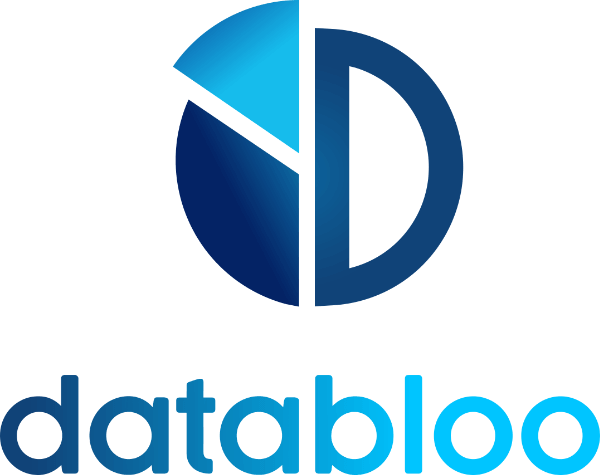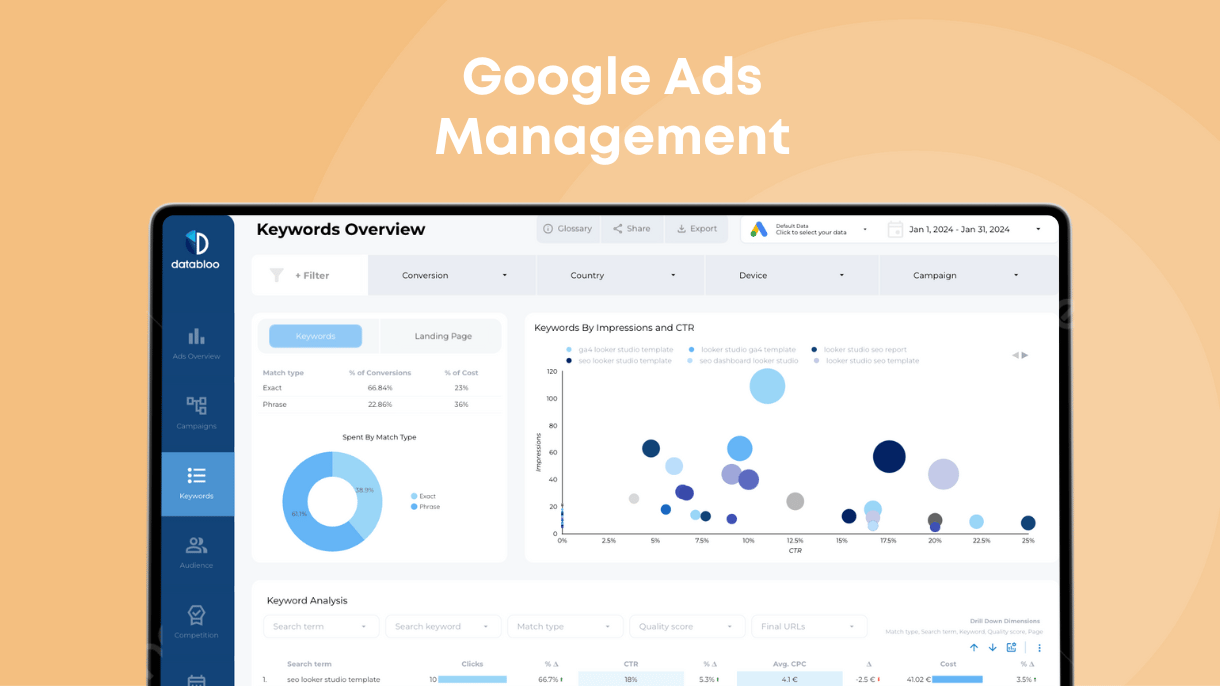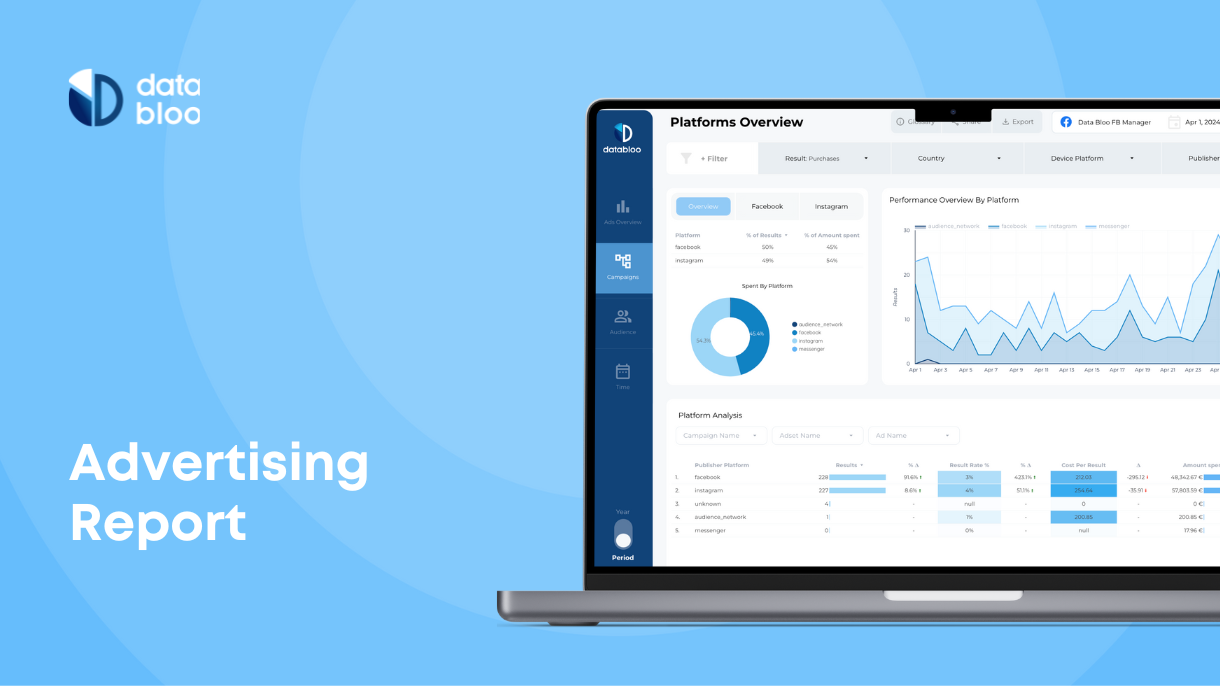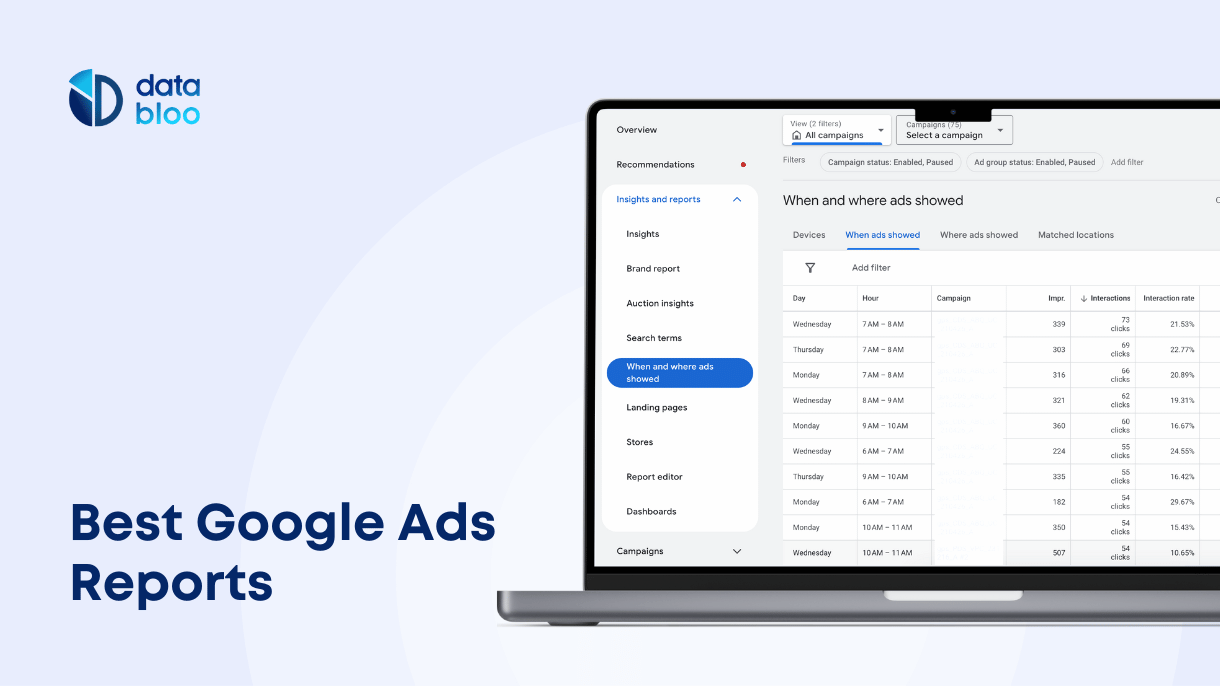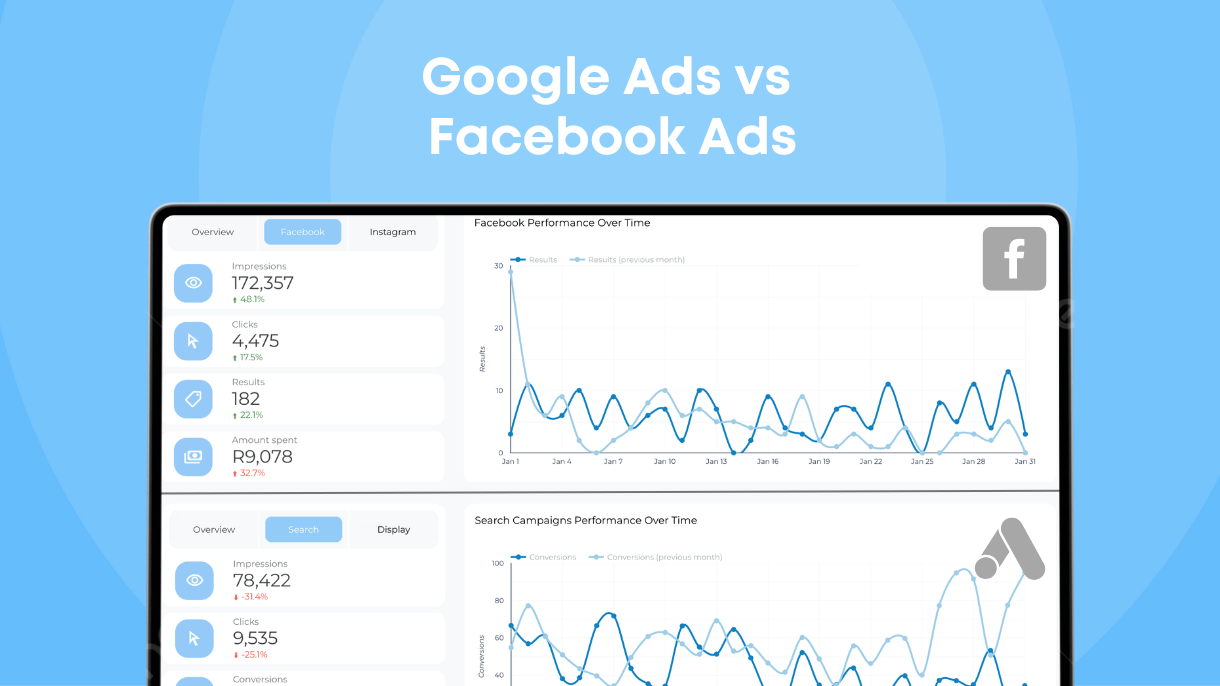Table of Contents
Given that more and more people use online to find and order and services, the difference between a struggling business and a thriving one often comes down to how well you manage your ads.
Specifically Google Ads, as it’s one of the most popular and wide advertising networks in the world.
While many guides on google ads management offer generic advice, true expertise lies in the lesser-known strategies that can dramatically boost your campaign performance.
Below are 8 insider tips that will transform your approach to Google Ads and give you a competitive edge in a rapidly growing online market.
1. Learn Your Campaign Settings (Don’t Go With Defaults)
Google Ads platforms offer a wide set of settings for each type of campaign, and often there’s desire to save time and pick default options.
The reality is that many “default” Google Ads options may be counterproductive to your campaign performance.
For example, when you pick target locations in a campaign setting or when setting up a new ad campaign, you can specify what locations or countries you want your advertisement to be shown in and exclude other locations.
But if you pay attention, there’s an additional default setting there: Presence or interest: People in, regularly in, or who’ve shown interest in your included locations (recommended)
If you keep the default setting, your campaigns will likely have a much bigger geography than you’ve picked. For example, if you’re targeting a US audience with your campaign, the setting will show your ads to people who “have shown interest in US” and that might mean a much broader audience.
2. Use Negative Keywords to Stop Wasting Ad Spend
Negative keywords are a powerful tool to refine your Google Ads campaigns and prevent your ads from showing for irrelevant searches. Start by reviewing your search terms report weekly for new campaigns and bi-weekly for existing ones.
Look for terms that are triggering your ads but not relevant to your business or won’t convert. For example, if you’re selling high-end watches, you might add negative keywords like “cheap”, “free” or “replica” to avoid wasting clicks. Consider creating a shared negative keyword list that you can apply across multiple campaigns.
This list might include generic terms like “jobs”, “careers” or “stock price” if you’re not hiring or not a publicly traded company. Also, think about adding negative phrases and exact match types for more control.
For instance, a luxury car dealer might add “toy cars” as a negative phrase to avoid showing ads to people searching for miniature models. Don’t forget to review your negative keywords periodically to ensure you’re not blocking relevant traffic.
Sometimes what seems like an irrelevant term might actually be a valuable opportunity. For example, a B2B software company might initially add “free” as a negative keyword, but later realize that “free trial” searches are actually valuable leads.
3. Use Location Bid Adjustments For Areas With Higher Conversion Rates
Location bid adjustments allow you to increase or decrease bids based on the location of your potential customers.
This feature is powerful for businesses with physical locations or those that see varying performance across different regions. Start by reviewing your geographic performance reports in Google Ads. Look for patterns in conversion rates, average order value or return on ad spend across different locations.
For example, let’s say you run an online store selling winter clothing. You might find that your conversion rates are 20% higher in northern states during winter. In this case, you could set a positive bid adjustment of 15-20% for these states to increase your ad visibility in these high-performing areas.
Conversely, if you notice that certain cities or regions consistently underperform, you might set a negative bid adjustment to reduce spend in these areas without completely eliminating your presence.
Remember to consider factors like seasonality, local events or economic conditions that might impact performance in different locations. For instance, a hotel chain might increase bids in cities hosting major conferences or sporting events. Also, don’t set and forget your location bid adjustments. Review and adjust them regularly based on performance data and changing business needs.
4. Combine Automated Bidding Strategies With Manual Bidding
Automated bidding uses Google’s machine learning to optimize your bids in real-time, considering a wide range of auction-time signals that would be impossible to manage manually.
The key to success with automated bidding is choosing the right strategy for your specific goals and having enough conversion data for the system to work effectively. For example, if your primary goal is to generate leads within a specific cost-per-acquisition target, you might choose the Target CPA bidding strategy.
Set your target CPA slightly higher than your actual goal initially, then lower it as the system collects data and optimizes. If you’re more focused on revenue, the Target ROAS (Return on Ad Spend) strategy might be more suitable.
For this strategy, you’ll need to ensure you’re passing accurate revenue data to Google Ads. Give automated bidding strategies time to learn and adjust. Don’t make major changes to your campaigns for at least two weeks after implementing a new bidding strategy.
Also, be mindful of setting aggressive targets, as this can severely limit your traffic. Instead, start with conservative targets and adjust gradually based on performance. Remember that while automated bidding can save time and improve performance, it’s not a “set it and forget it” solution. Review performance, adjust your targets as needed and be prepared to step in if you notice any issues or if there are sudden changes in your market or business environment.
5. Expand Campaign Types With Caution
When you create a new Google Ads campaign, the current default campaign is “Performance campaign”, which prompts you to advertise on search, Youtube, gmails, and other google platforms all at once.
While it might seem to cover more ground, in reality you will effectively lose control over your campaign.
It’s always best to start with one specific type of ad campaign, such as “Search” and perfect it before expanding into other mediums.
After you’ve mastered one type of ad campaigns, you can start diversifying your Google Ads strategy beyond standard Search campaigns.
Each campaign type offers unique features and targeting options that can complement your existing efforts. For instance, Display campaigns can be great for building brand awareness and reaching potential customers early in their decision-making process. You can use visual ads to showcase your products or services on millions of websites across the Google Display Network. Consider using custom intent audiences to reach people who have recently searched for keywords related to your business.
Video campaigns on YouTube can be powerful for engaging your audience with more immersive content. You might create how-to videos demonstrating your product, customer testimonials or brand stories. TrueView in-stream ads, which play before or during YouTube videos, can be particularly effective as you only pay when viewers watch at least 30 seconds or click on your ad.
Shopping campaigns are a must for e-commerce businesses, allowing you to show your products in Google search results and the Shopping tab.
Make sure your product feed is optimized with accurate titles, descriptions and high quality images to max out performance. App campaigns are great if you have a mobile app, using Google’s AI to promote your app across Search, Play, YouTube and the Display Network. The system will test different combinations of text and assets to find what works best for app installs or in-app actions.
6. Stop Optimizing for Cheaper Clicks
It’s easy to get caught up in trying to reduce your cost-per-click (CPC) but this can often lead to suboptimal results. Instead focus on the value each click brings to your business. It’s often worth paying more for clicks that are more likely to convert or bring in higher value customers. For example, let’s say you’re a B2B software company.
You may find that certain high intent keywords like “enterprise software solutions” have a much higher CPC than more generic terms. But the conversion rate and average deal size from those expensive clicks may be much higher, resulting in a better overall return on investment even though the initial cost is higher.
To do this, focus on metrics like conversion rate, cost per acquisition (CPA) or return on ad spend (ROAS) instead of just CPC. Use Google Ads’ conversion tracking to measure the full value of each click, including any subsequent actions like phone calls or form submissions. Consider using value based bidding strategies like Target ROAS which will automatically adjust your bids based on the predicted value of each click.
Also pay attention to the quality of traffic you’re receiving. Cheaper clicks often come from less qualified leads or even click fraud. Use Google Ads’ audience targeting features and adjust your ad scheduling to target times when your most valuable customers are likely to be searching. Remember, it’s not just about driving traffic, it’s about driving valuable traffic that contributes to your business goals.
7. A/B Test Your Campaigns At Least Monthly
A/B testing is one of the most common pieces of advice when it comes to proper ad management, and rightly so: your improvement in ad performance is almost always incremental.
Always start with small adjustments to your campaigns and bids, and change the scale of changes gradually. You can start with replacing the order of words in your ads or trying several different phrases.
But don’t just stop at testing keyword combinations and ad copy. Test different A/B strategies, location settings, and different combinations of settings for your ads.
Over time you will develop your own approach to A/B testing and will know what you want to change and how often.
Also, make sure your changes are segmentary. For example, once you pick the best performing phrasing for an ad, start experimenting with bidding strategies and ad formats without changing the ad copy.
8. Focus on Good Reporting
Sometimes your decisions in google ad management are only as good as your reporting.
For that reason, it’s important that you set up a regular and automated reporting that covers ad performance metrics, audience insights, individual keyword performance metrics, and campaign efficiency.
Data Bloo offers a ready-to-use reporting template that automatically fetches data from your Google Ads account and renders a real-time dashboard with all the necessary data to help you answer the following questions:
- How are my Google Ads performing over time?
- What do my conversions per campaign look like?
- How does my conversion data differ with different devices?
- Which search keywords are performing the best?
- How does my conversion data compare with different audiences?
- What is my average CPC?
- How many impressions and clicks have I had?
- How much has each campaign cost my business?
- What does my geolocation performance look like?
You can try the full free demo here:
